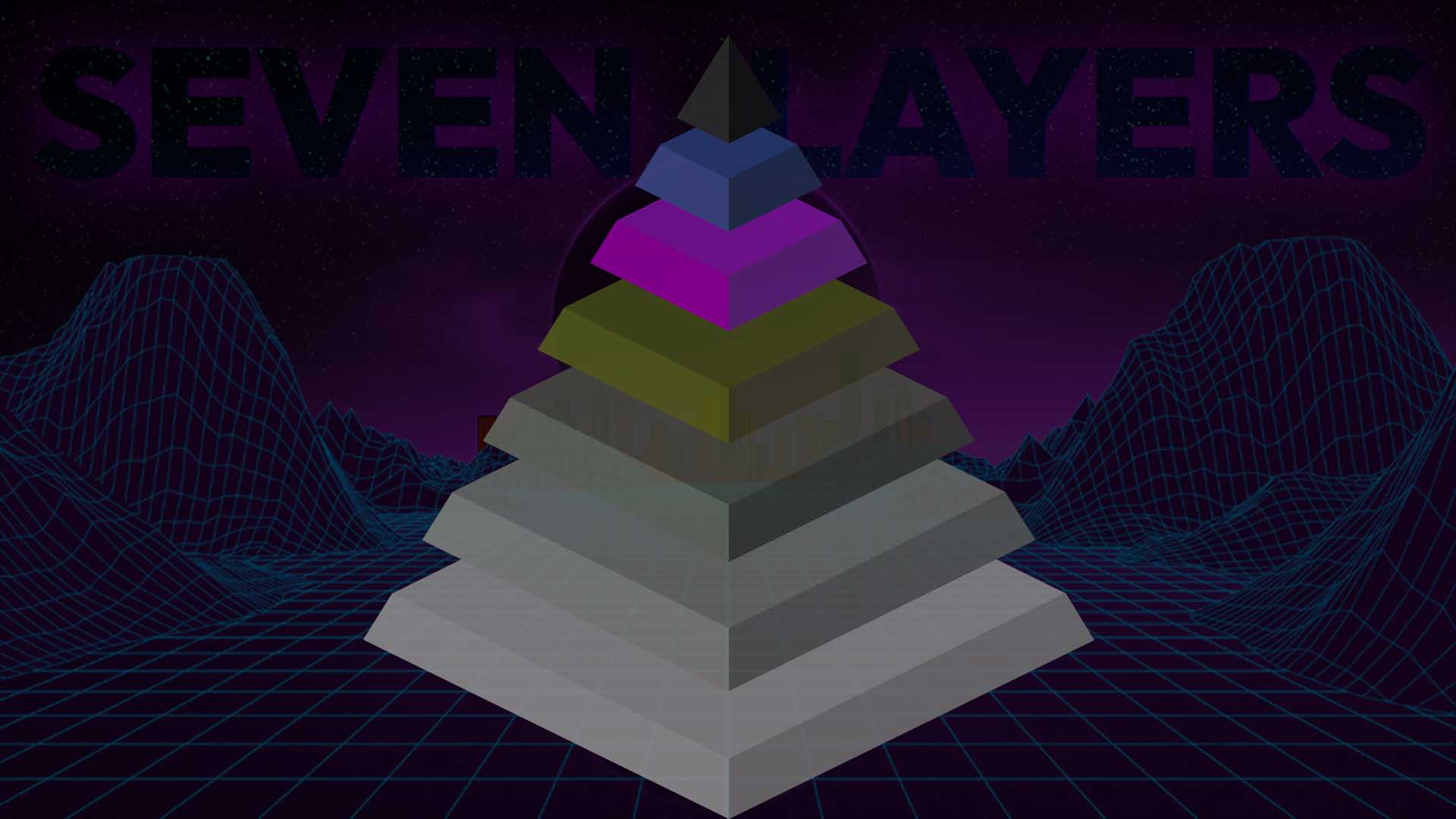A lot of people think that Metaverse is a very complicated notion, so they are afraid of participating in some Metaverse platforms, like The Sandbox, Roblox, Decentraland, and so on. Because of this situation, a successful author, game designer, and entrepreneur Jon Radoff explained the seven layers of Metaverse. With his explanation, the notion became more systematic and simpler. Let’s focus on these layers together!
The first layer of Metaverse is ‘the experience’ while its last layer is ‘infrastructure’. With learning these layers, everybody can understand the details of Metaverse and be excited to participate in the virtual world!
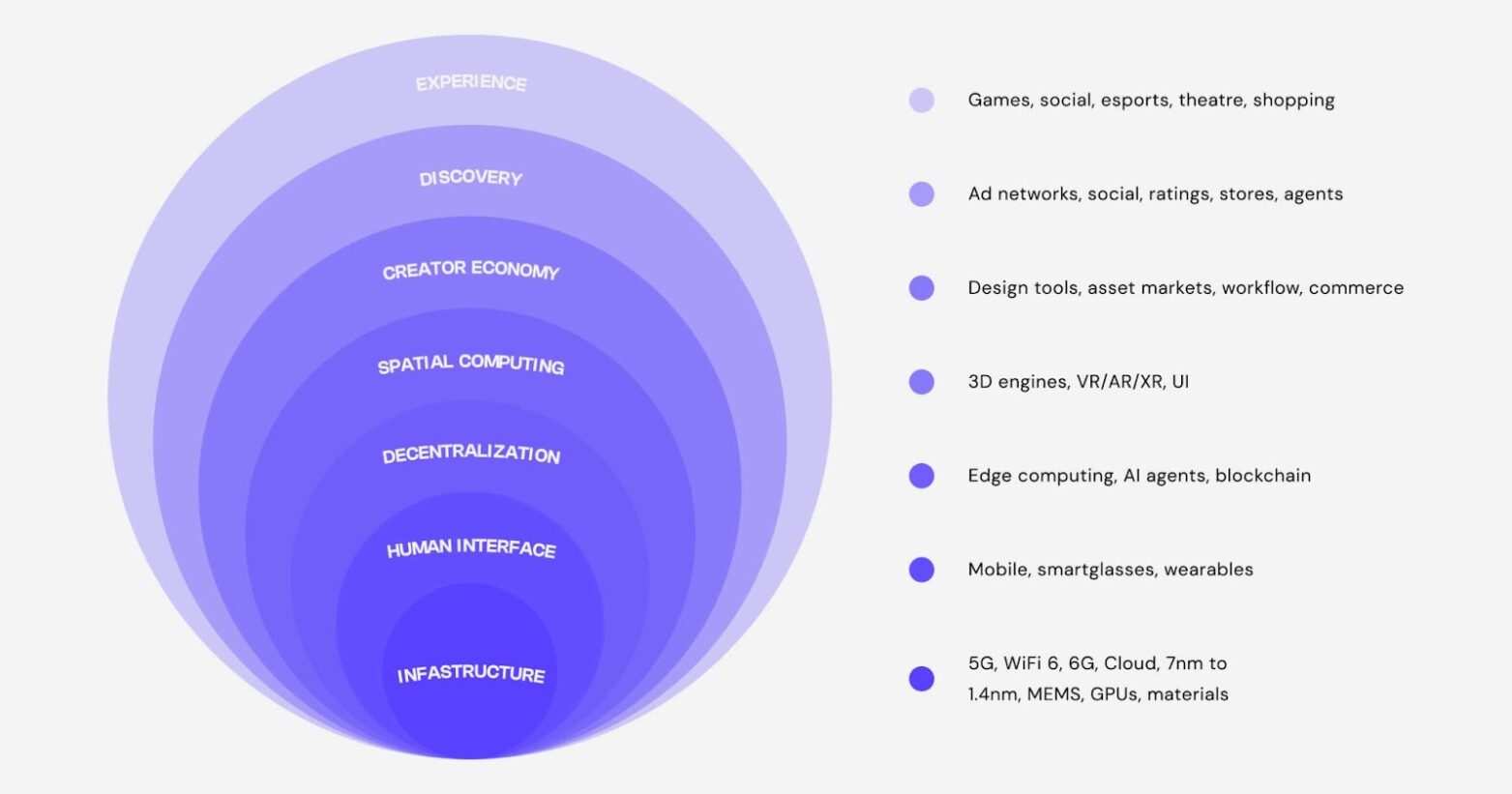
The Experience
As you can predict from the layer’s name, the first layer covers users’ experience in the virtual world. Metaverse is an amazing world that offers various things to the users. For example, you can travel with a unicorn or go to your favorite country without physical traveling. Hence, you can experience your dreams which cannot be done in real life with the help of Metaverse!
The virtual world represents the physical world, but it eliminates the strict limits of the real world, so this circumstance improves users’ experience. Due to this situation, the first layer is called ‘the experience’.

Discovery
In the first layer, the main theme is the users’ experiences in the virtual world, and the second layer focuses on the discovery of new experiences and the users’ social interactions.
According to Radoff, there are inbound and outbound experiences in the digital world. Inbound experiences refer to the researches of the users while outbound experiences are the pushed information to the users, like Metaverse advertising. Both inbound and outbound experiences are very important for the communities in Metaverse.
At that point, we also want to emphasize that community-generated content is very significant because the content can increase the users’ commitment to their virtual communities.
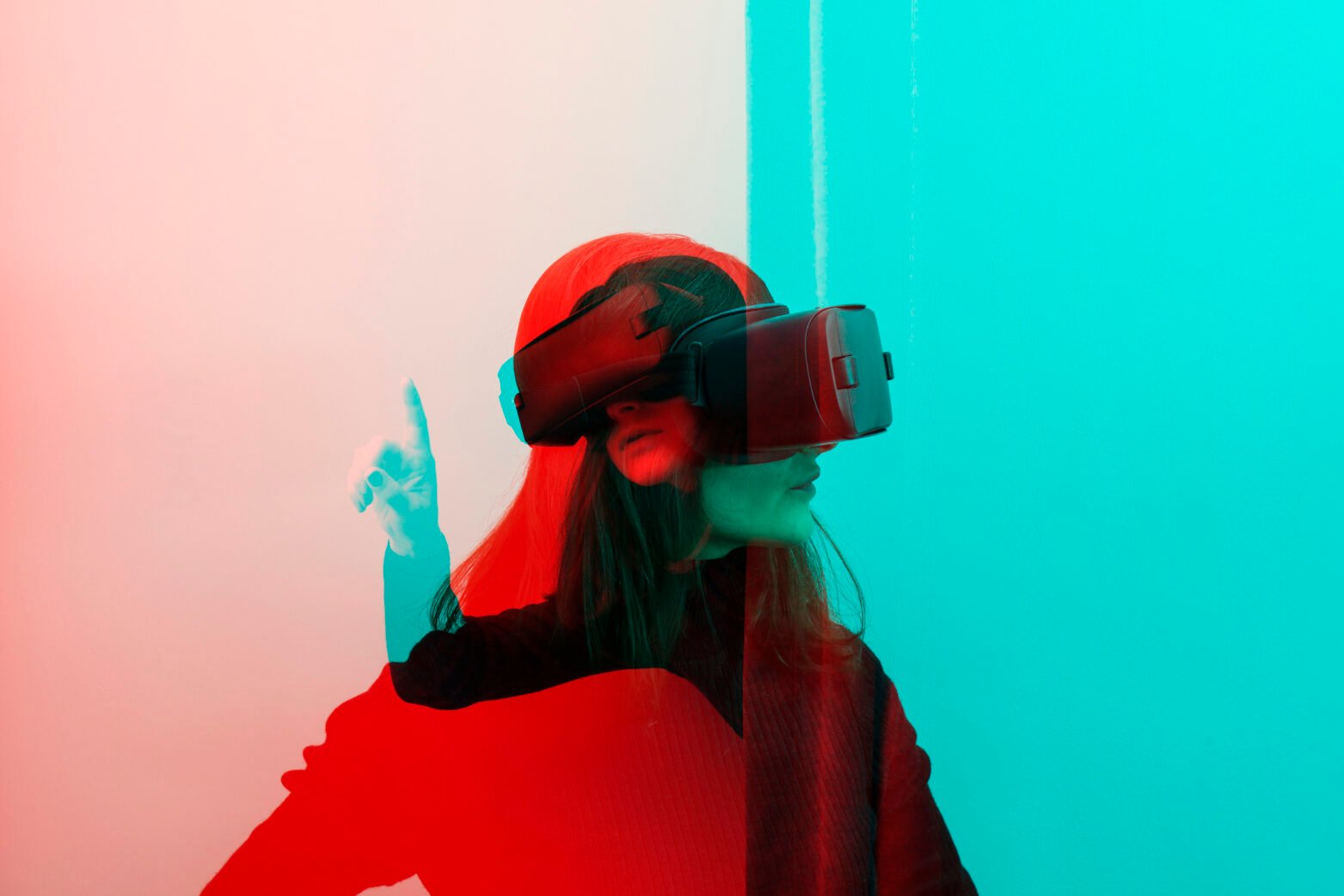
Creator Economy
At the third layer, the main idea is the design tools that can be found in Metaverse. The virtual world provides users with design tools that do not require procedural knowledge. In other words, the users can create their content easily without the knowledge of how to use the tools. Due to this easy-to-use property, the number of users in Metaverse is increasing day by day, and this circumstance makes the virtual world a huge marketplace.

Spatial Computing
Spatial computing is the fourth layer, and it refers to the connection between virtuality and the physical world.
In an old article, we focused on the relationship between augmented reality (AR) and Metaverse and explained the benefits of AR on this virtual world. This relationship and the benefits can be thought for the layer. Metaverse allows the mix of virtual world and physical world, so users can experience different technologies, such as AR and virtual reality (VR), in a concrete way with the help of Metaverse. Moreover, they can encounter with the digitalized physical world by joining Metaverse!
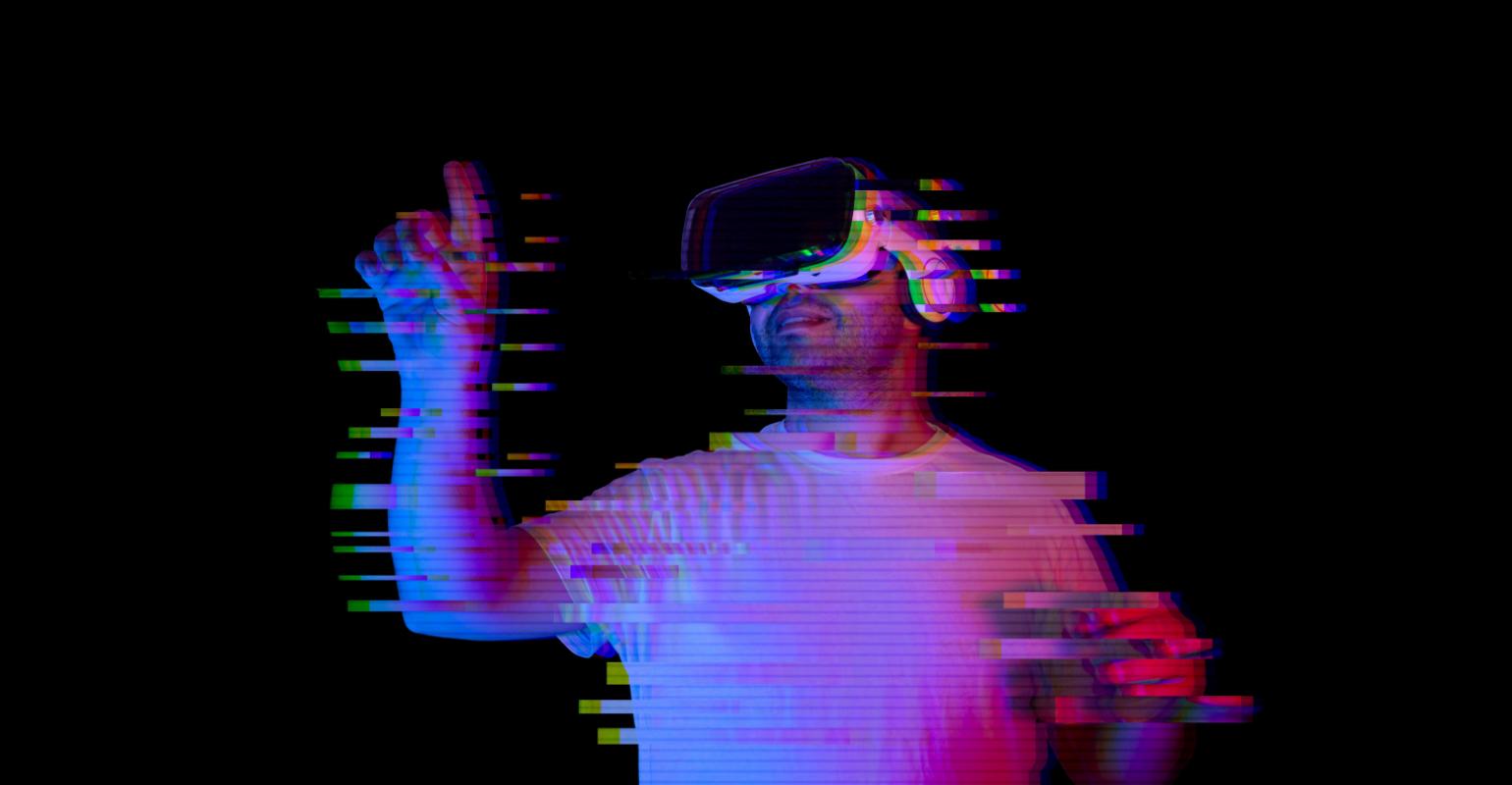
Decentralization
As you know, Metaverse is supported by blockchain technology, and this technology has a decentralized structure. In other words, blockchain technology does not depend on an authority, and Metaverse is like this technology.
The decentralized structure makes Metaverse open and distributed, so the creators in the virtual world can create their own data and content. Hence, decentralization helps digital artists in terms of creating.

Human Interface
For this layer, the miniaturization of devices, such as smart glasses and smart watches, is mentioned. Various devices are getting smaller, and they start to close to human beings’ bodies. With this circumstance, human beings start to transform into cyborgs.
Transforming into cyborgs will allow people to feel the texture and shape of virtual objects, so we can say that the virtual world is a revolution for our lives!
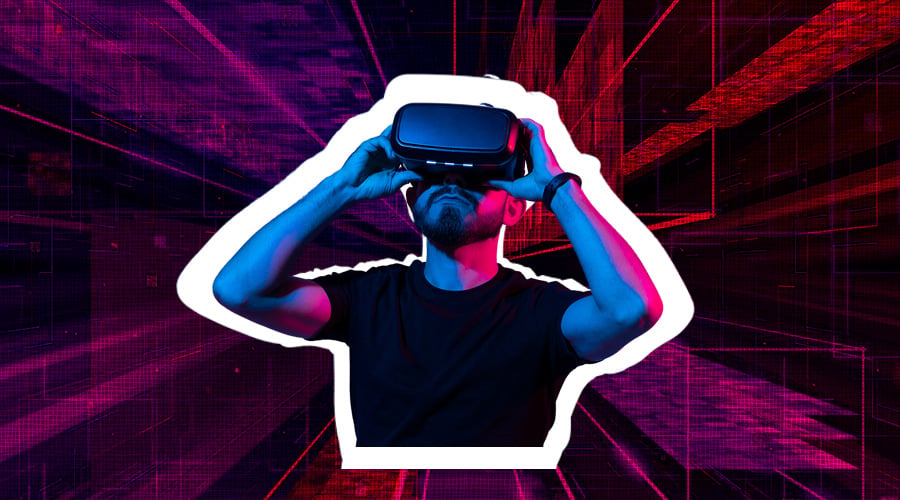
Infrastructure
Before the last year, six layers are explained, and these layers’ existence depends on infrastructure. When infrastructure is the main subject, you can think 5G and 6G WiFi, cloud technology, graphics processing units (GPUs), batteries, and so on.
To sum up, we can say that the most important layer of Metaverse is infrastructure, but all layers must be considered for a detailed understanding about the virtual world.
 Irem B.
Irem B.